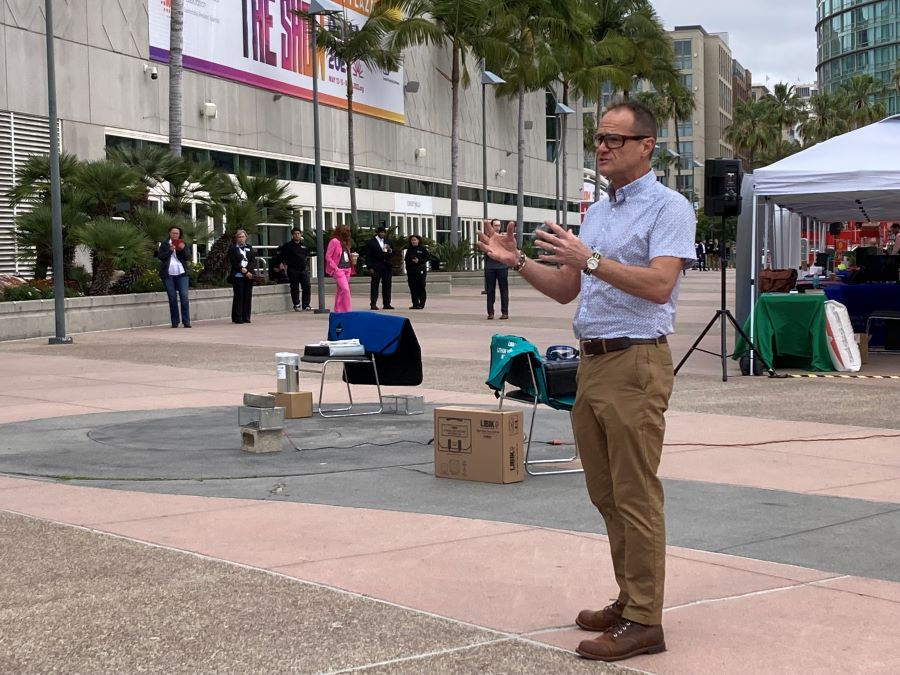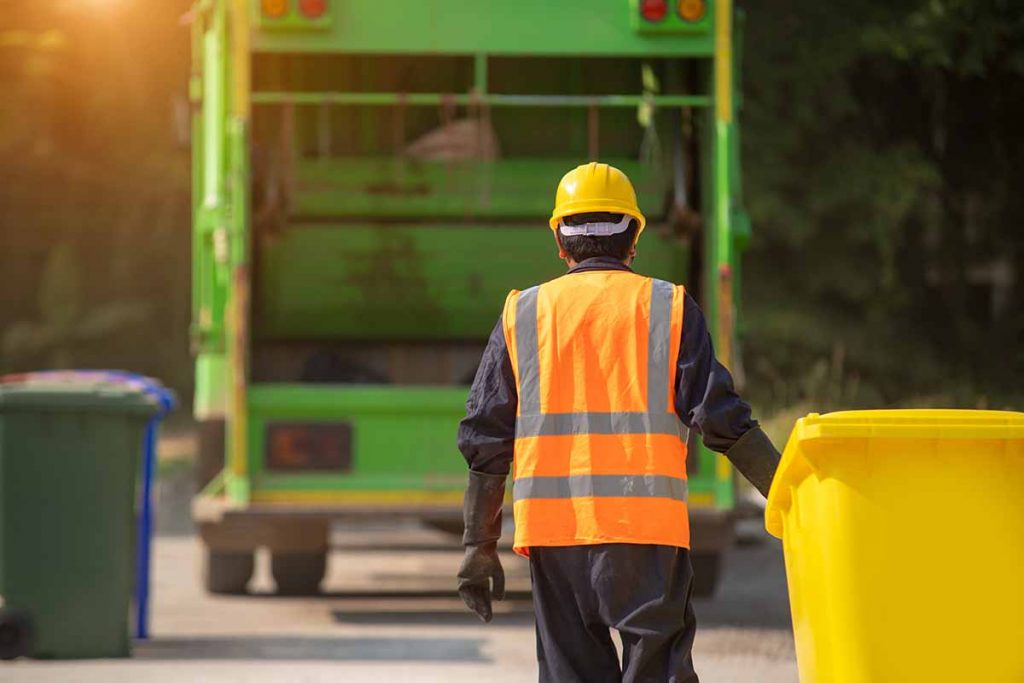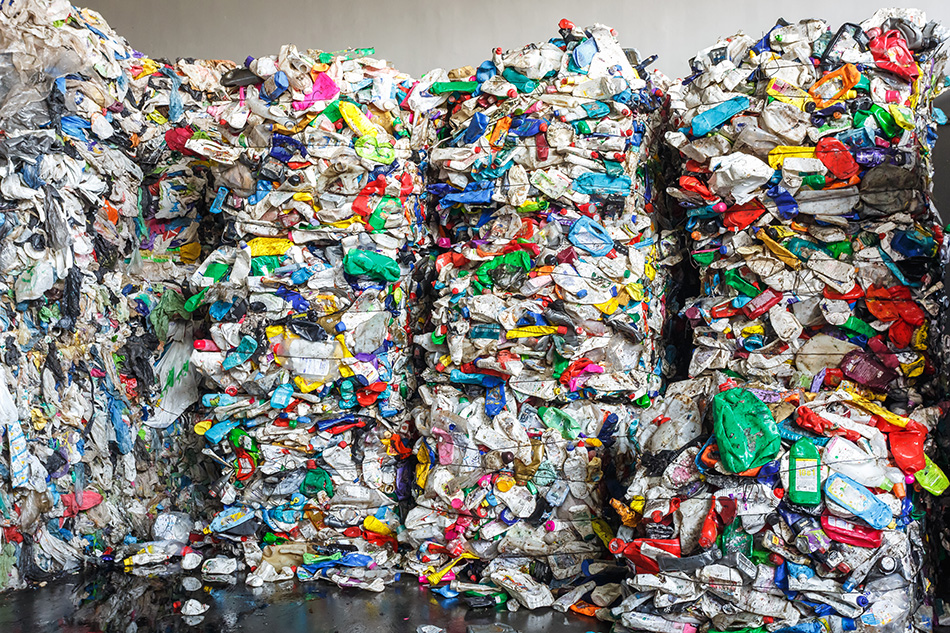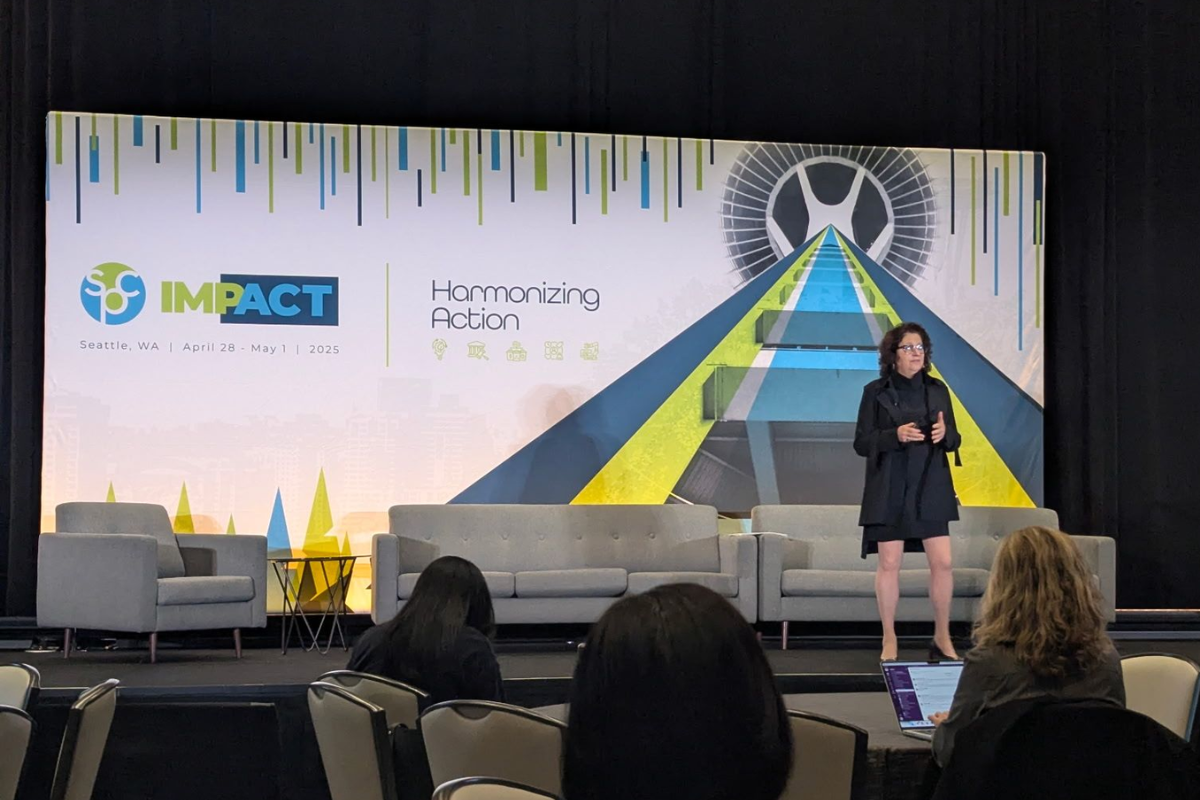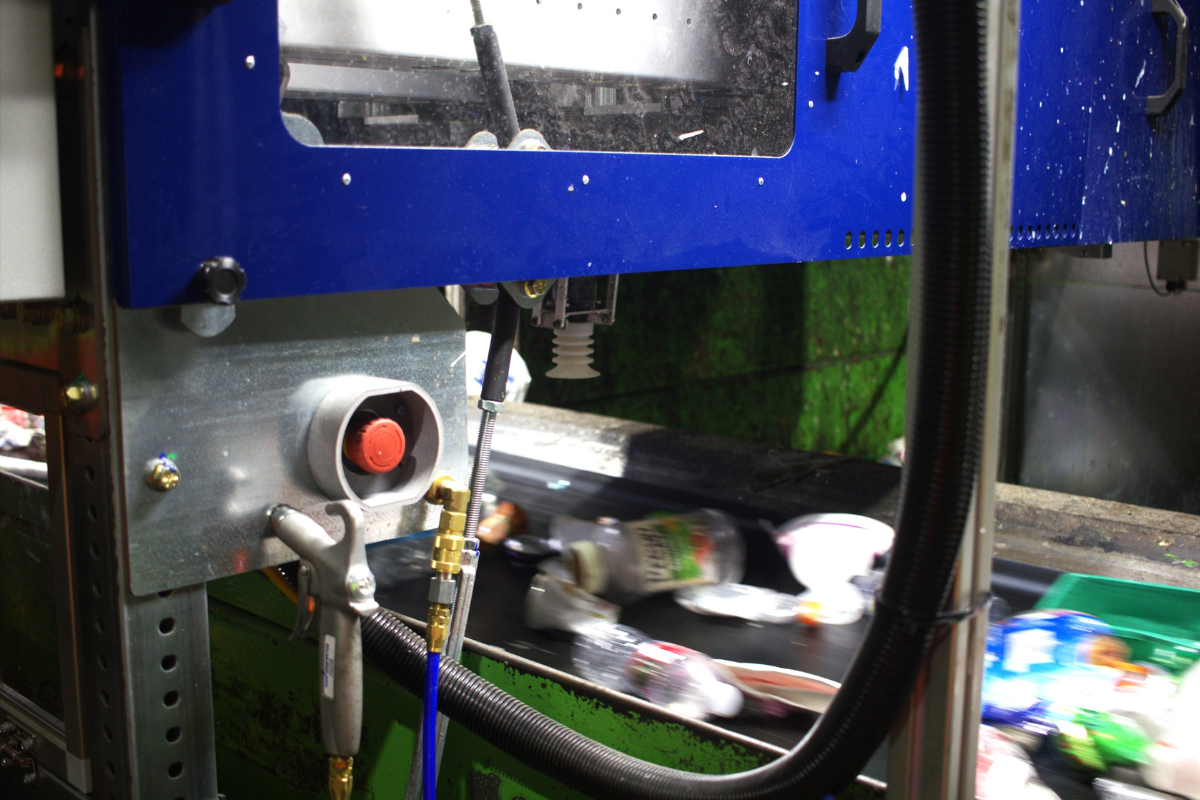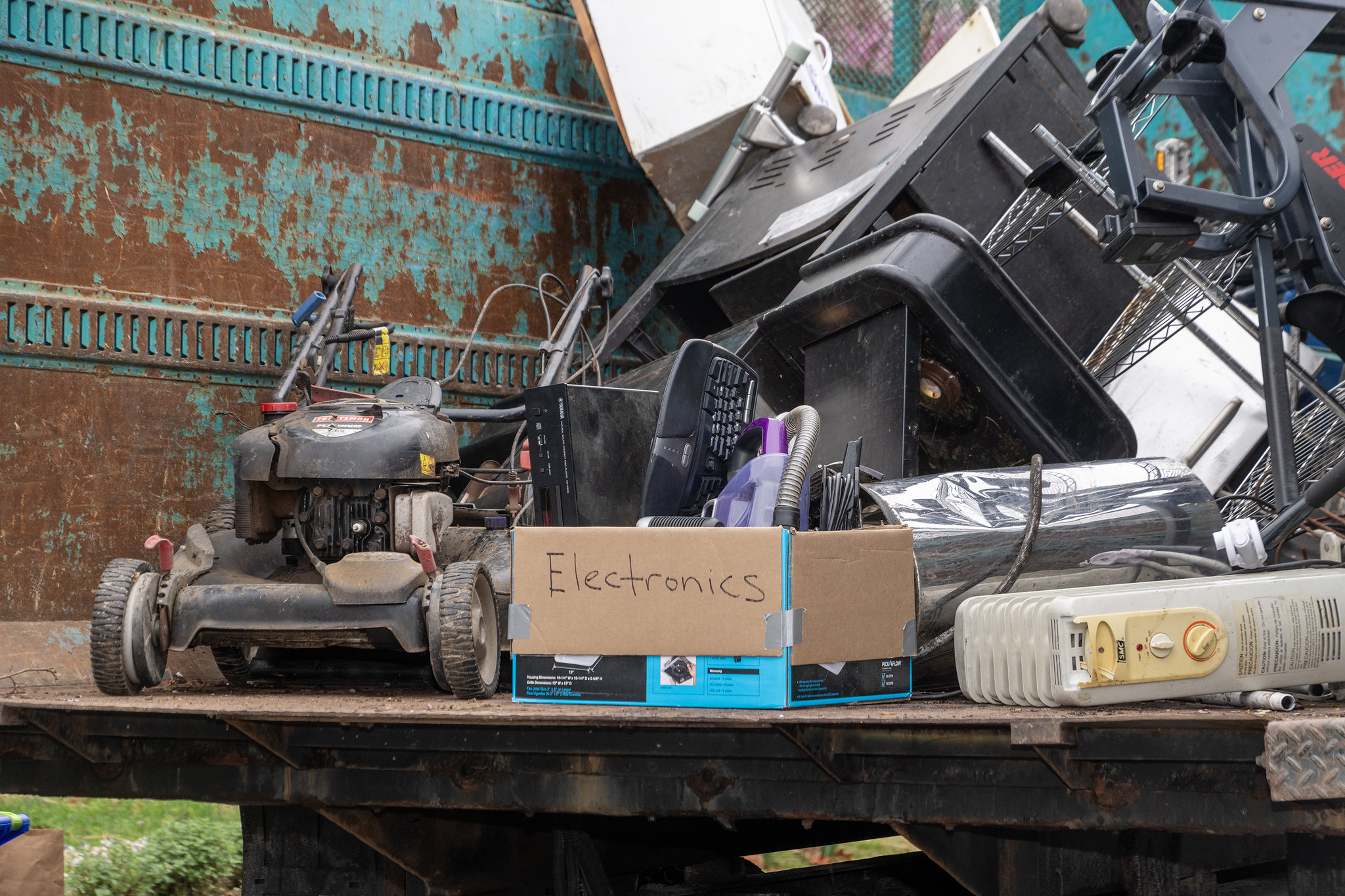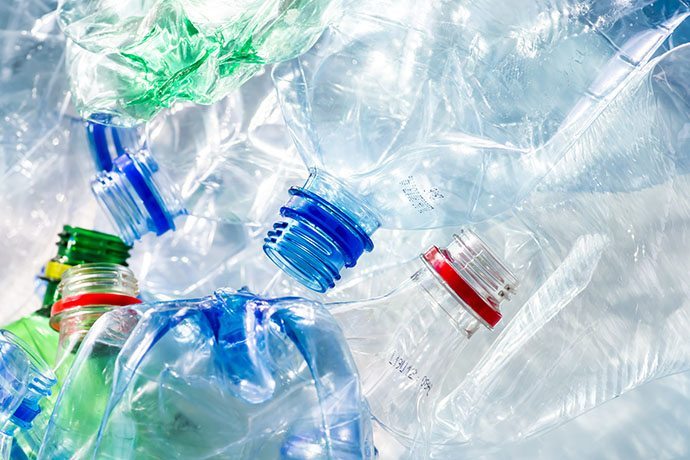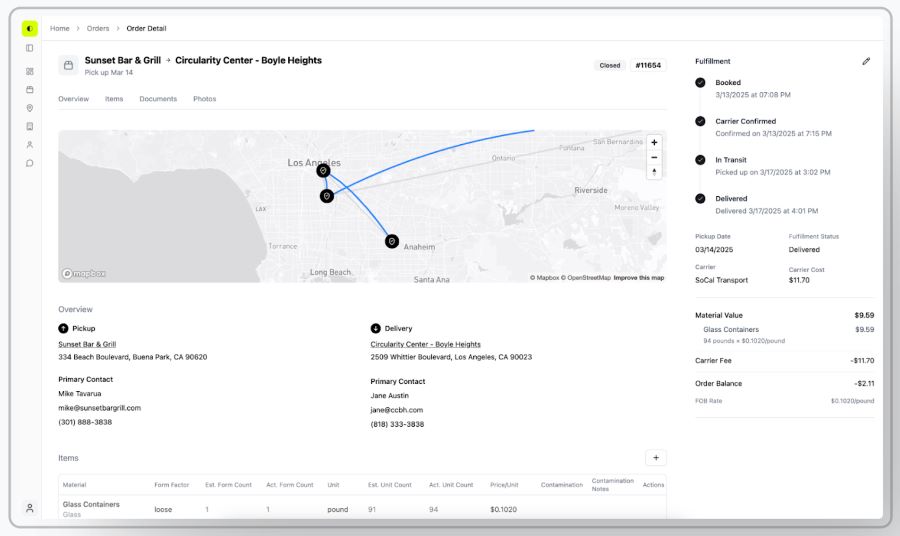
Recycled material-focused software platform Replenysh allows end users to have greater visibility into their sourcing. | Photo courtesy M13
Replenysh, a company providing software that connects recycled material generators with processors and end users, has raised $8 million in capital for expansion as it aims to fix what a company leader calls a “trust gap” in the U.S. recycling system.


 Colin Staub is a reporter at Resource Recycling. He can be contacted at
Colin Staub is a reporter at Resource Recycling. He can be contacted at 